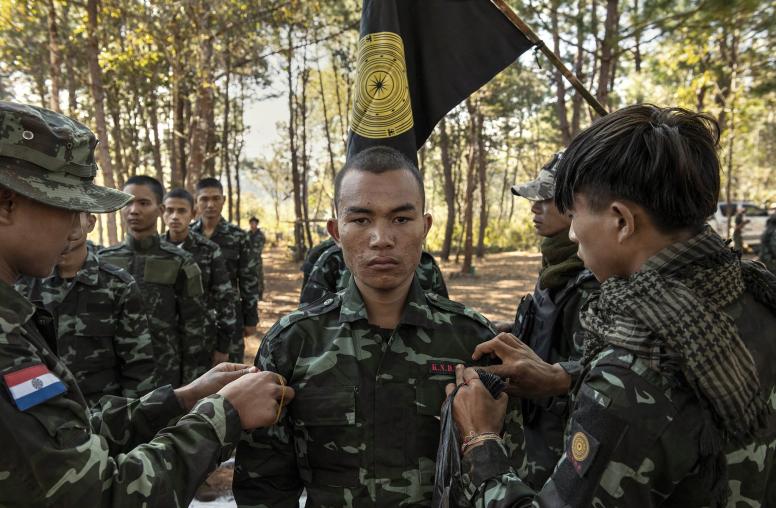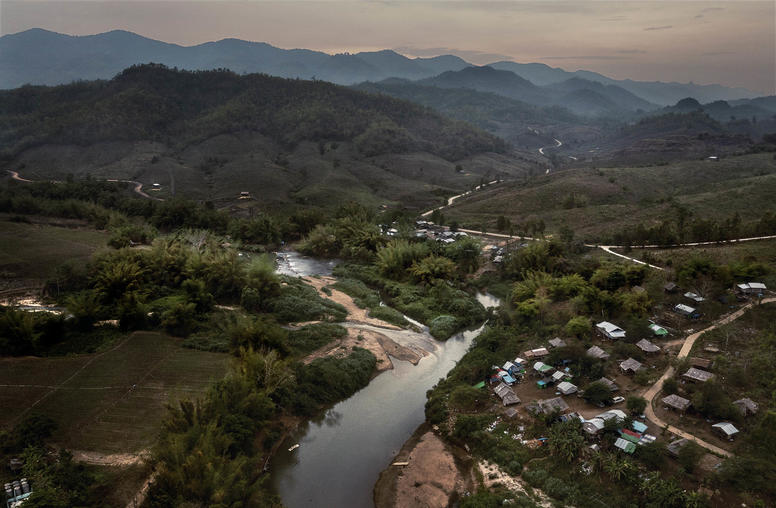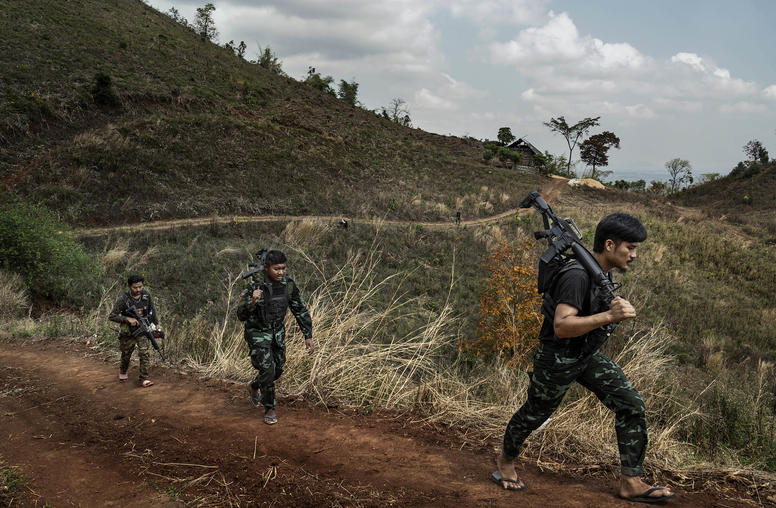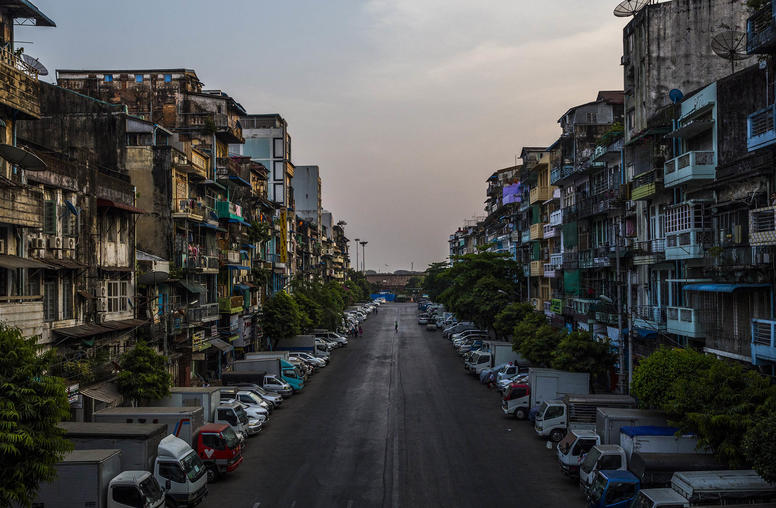Law and Disorder on the “Outlaw Ocean”
A Twitter Forum with New York Times Reporter Ian Urbina
Read the Event CoverageThe high seas are a lawless space where ships can hide their ownership, movements and practices, and thus escape the rule of law applied on land. A startling New York Times series, “The Outlaw Ocean,” reports this summer on how ships’ crews are abused and enslaved in the tens of thousands. Migrants are trafficked or killed, drugs and arms smuggled, and toxic wastes dumped – all beyond any effective law enforcement by governments or international agencies. On August 18th, USIP held a Twitter discussion with the Times’ lead reporter on the series, Ian Urbina, about impunity at sea and the connected issues of justice, international security, and human rights.

Urbina and colleagues at the Times tracked rogue ships that escape criminal charges in part by repeatedly changing their names and flags. They gathered databases on the unreported scale of violence on the high seas. They visited fishing vessels that do battle and floating armories from which squads of security guards battle boredom and pirates.
The disorder of the oceans increasingly complicates broader problems forcing themselves onto the agendas of United Nations bodies and governments. The seas’ wildlife and natural resources are being depleted at catastrophic rates. Refugee migrations or violent conflicts—in lands as disparate as North Africa, Somalia and Myanmar—intensify international security challenges.
USIP and the International Network to Promote the Rule of Law hosted Ian Urbina to recount his reporting and join experts in maritime law and security for a Twitter discussion (#OutlawOcean) on the problem of maritime lawlessness and the ways it can be confronted.
Panelists
- Ian Urbina
Investigative Reporter, The New York Times
@OutlawOcean - James Cohen
Program Officer, U.S. Institute of Peace
@jamescohen82 @USIP - Dr. James Kraska
Professor of Law, Oceans and Policy, U.S. Naval War College
@jameskraska - Omar Todd
Global Technical Director, Sea Shepherd
@omarseashepherd - Tuesday Reitano
Head of the Secretariat, Global Initiative Against Transnational Organized Crime
@tuesdayjaded @GI_TOC - Kendra Kreider
Senior Southeast Asia Analyst, Office to Monitor and Combat Trafficking in Persons (J/TIP), U.S. Department of State
@kendralkreider - Neha Misra, JD
Senior Specialist, Migration and Human Trafficking, Solidarity Center
@Nmisra05 @SolidarityCntr



